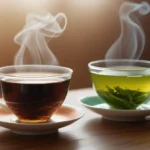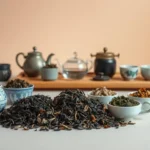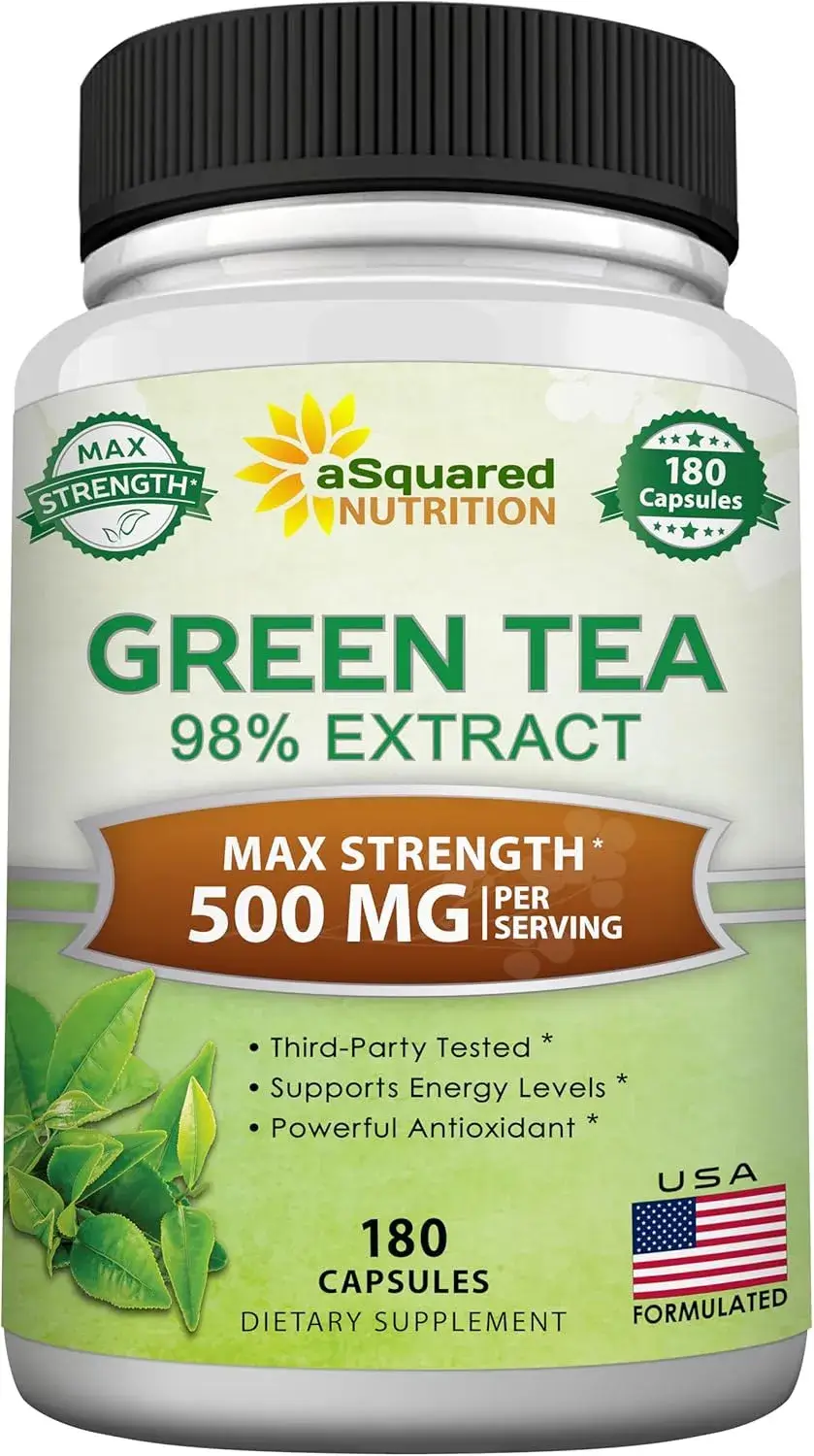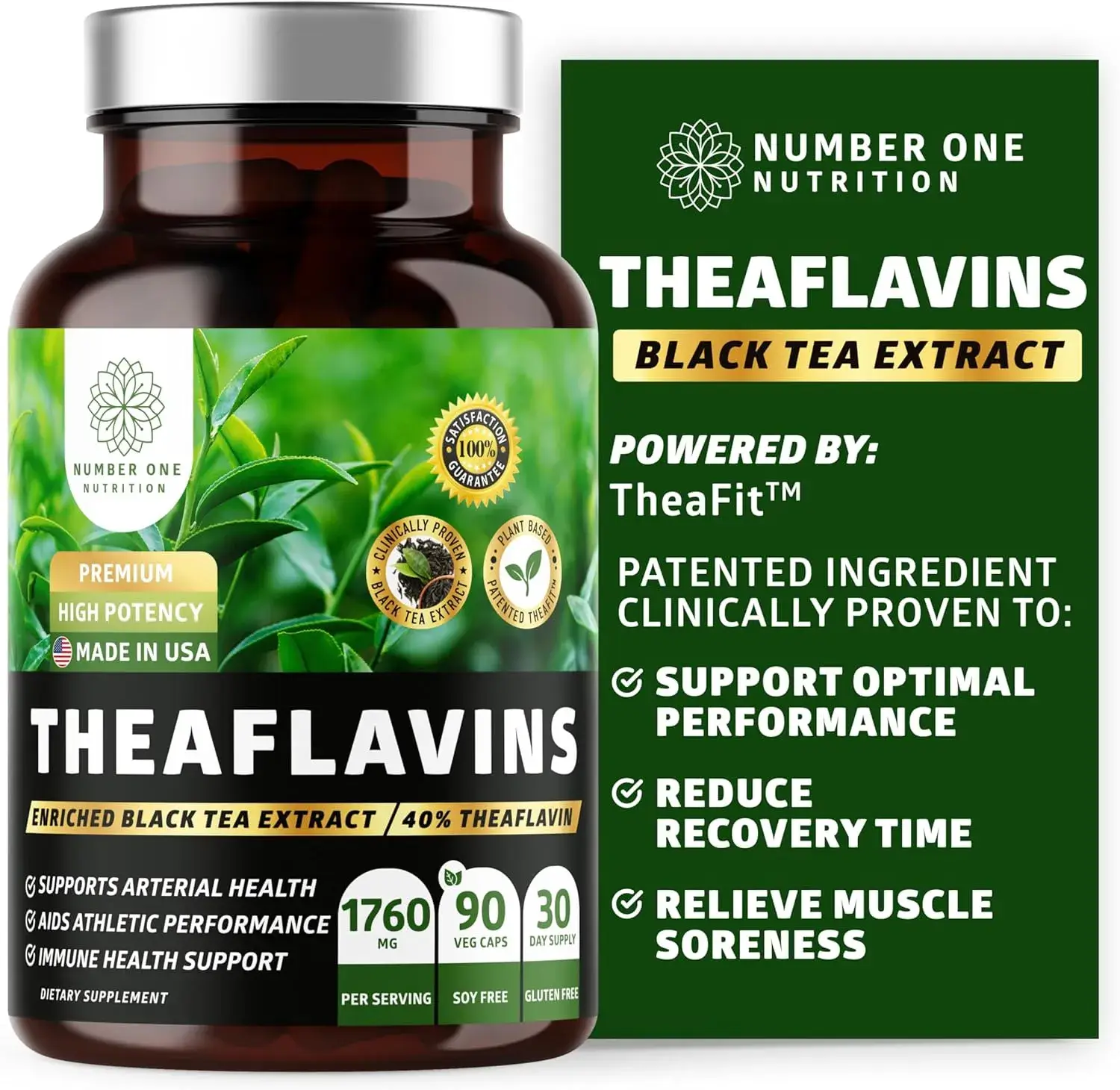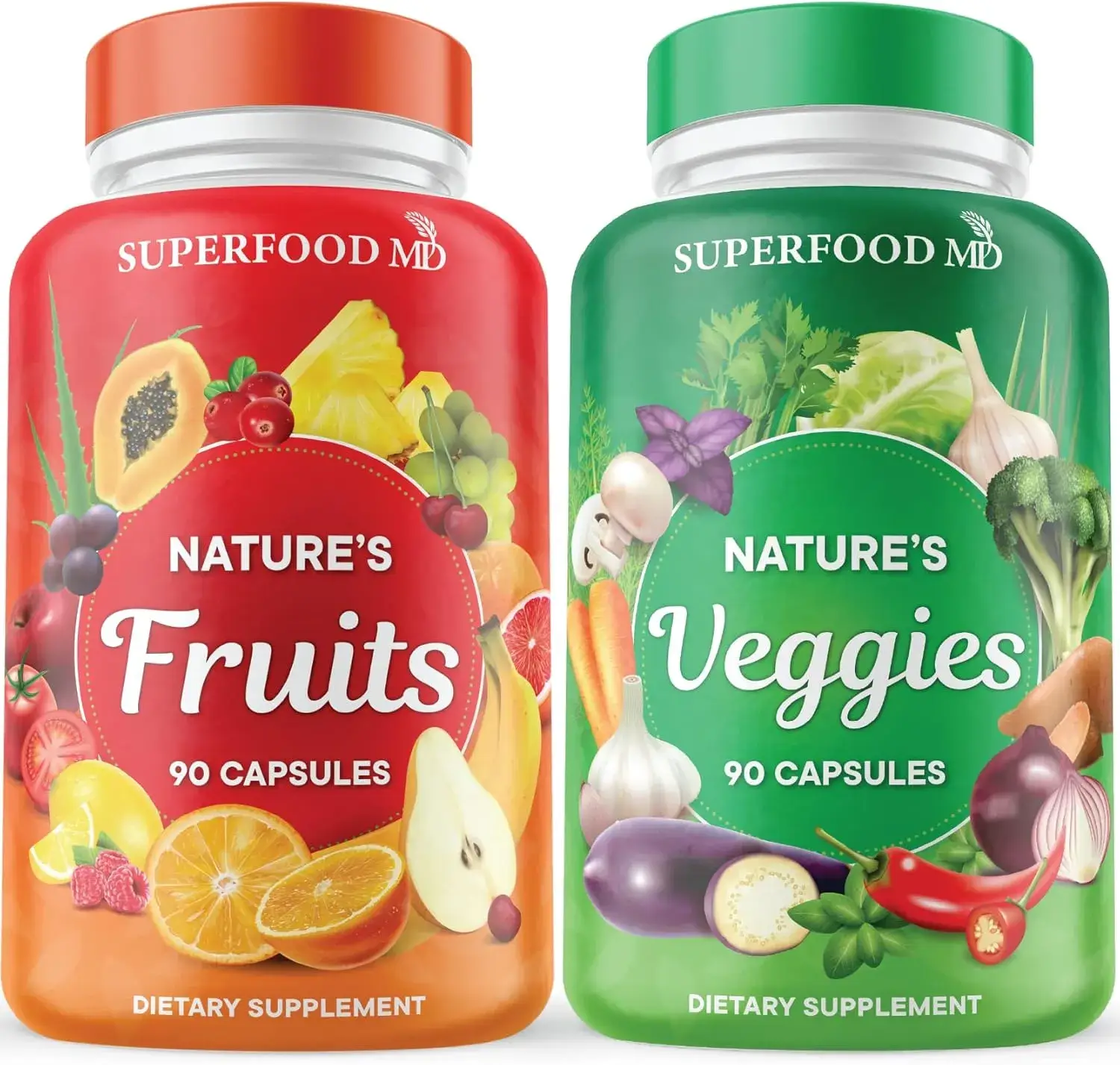Table of Contents
Introduction
When it comes to choosing between oolong tea vs jasmine tea, both options are beloved for their unique flavors and health benefits. However, they differ in many ways, from how they’re produced to the distinct advantages they offer. In this article, we will explore the five key differences between these two popular teas, help you decide which one suits your taste buds and health goals, and discuss their preparation methods. With insights into their caffeine content, antioxidants, and specific health benefits, you’ll have a clearer understanding of which tea to add to your daily routine.
What is Oolong Tea?
Oolong tea is a traditional Chinese tea that falls somewhere between green and black tea in terms of oxidation. It is partially oxidized, giving it a flavor profile that can range from light and floral to deep and roasted, depending on the production method. Oolong tea is known for its complex flavors, which can vary greatly depending on how long the leaves are oxidized and the region where it’s grown.
Key Characteristics of Oolong Tea:
- Oxidation: Partially oxidized, generally between 10% to 70%.
- Flavor: Complex, with a range from floral and fruity to earthy and roasted.
- Caffeine Content: Moderate, around 30 to 50 mg per cup.
Oolong tea also contains polyphenols and antioxidants, which contribute to its numerous health benefits, making it a popular choice for those seeking a healthy beverage with a unique taste.
👉 Experience the premium oolong tea sensation now 👈
What is Jasmine Tea?
Jasmine tea, on the other hand, is a scented tea that is often made by infusing green tea with the aroma of jasmine blossoms. Though it’s traditionally made with green tea, jasmine tea can also be prepared using black or white tea as the base. The tea leaves absorb the fragrant oils from the jasmine flowers, resulting in a lightly floral and aromatic drink.
Key Characteristics of Jasmine Tea:
- Base Tea: Usually green tea, but can also be black or white.
- Flavor: Delicate, floral, and aromatic with a sweet undertone.
- Caffeine Content: Low to moderate, around 20 to 30 mg per cup depending on the base tea used.
Jasmine tea is loved for its soothing aroma and is often consumed for relaxation and its calming effects.
👉 Discover the premium Jasmine Tea experience today 👈
5 Key Differences Between Oolong Tea vs Jasmine Tea
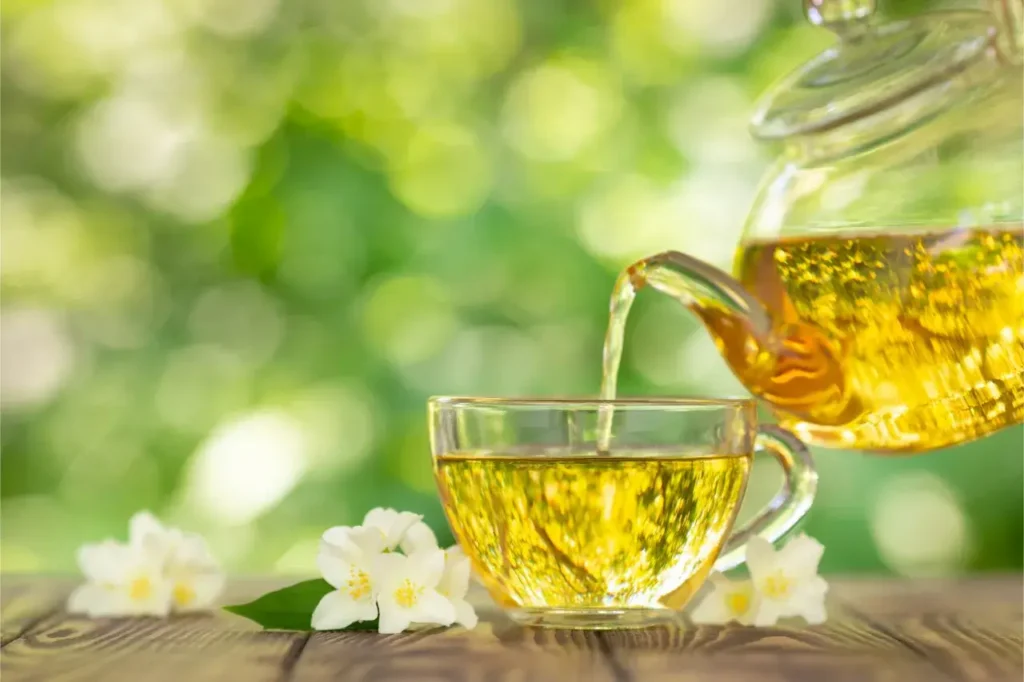
1. Production Process
The first significant difference between oolong tea vs jasmine tea is the way they are produced. Oolong tea is made through a meticulous process of withering, oxidation, and roasting, which can take several hours or even days. The leaves are carefully oxidized to achieve the desired flavor, giving it a richer, more complex taste.
Jasmine tea, however, focuses on the scenting process. The tea leaves are harvested and stored with jasmine flowers, allowing the floral aroma to infuse the leaves. The base tea used in jasmine tea is generally not oxidized as much, making it lighter in taste and color compared to oolong tea.
2. Flavor Profile
The flavor of oolong tea is distinct due to its partial oxidation, offering a range of tastes from sweet and fruity to earthy and roasted. It has a more complex, layered flavor that can change with each sip, making it an exciting choice for tea enthusiasts.
Jasmine tea, on the other hand, is more delicate, with a prominent floral aroma. It’s often described as sweet, light, and refreshing. The jasmine scent dominates the tea’s flavor profile, making it ideal for those who enjoy floral teas with subtle undertones.
3. Caffeine Content
When comparing oolong tea vs jasmine tea, the caffeine levels are another important consideration. Oolong tea has moderate caffeine levels, usually ranging from 30 to 50 mg per cup. It can provide a gentle energy boost without the jittery effects associated with higher-caffeine beverages.
Jasmine tea typically has lower caffeine levels, particularly if made with green tea as its base. The caffeine content of jasmine tea is around 20 to 30 mg per cup. This makes jasmine tea a better option for those who want a mild caffeine kick but are sensitive to higher doses.
4. Health Benefits
Both oolong tea and jasmine tea have unique health benefits due to the antioxidants they contain, but they target different areas of wellness.
- Oolong Tea: Known for aiding digestion, promoting weight loss, and improving heart health, oolong tea contains polyphenols that help reduce cholesterol levels and improve fat metabolism. It’s also believed to enhance mental alertness and reduce the risk of chronic diseases like diabetes and heart disease.
- Jasmine Tea: Jasmine tea is often associated with relaxation and stress relief. The aroma of jasmine has calming effects on the nervous system, making this tea an excellent choice for those looking to unwind. It also has antioxidant properties that protect against cell damage and may improve skin health by reducing inflammation.
5. Best Time to Drink

The best time to enjoy oolong tea and jasmine tea can vary depending on the desired effect.
- Oolong Tea: Due to its moderate caffeine content, oolong tea is ideal for a mid-morning or early afternoon drink. It can help boost metabolism and energy levels without causing a crash later in the day.
- Jasmine Tea: Thanks to its lower caffeine content and calming properties, jasmine tea is perfect for the evening or before bedtime. Its soothing aroma can help relax your mind and body, preparing you for a restful sleep.
👉 Savor the best oolong tea for a balanced moment 👈
Which One is Better for Weight Loss?
When comparing oolong tea vs jasmine tea for weight loss, oolong tea may have the upper hand. Oolong tea is known to enhance fat oxidation and increase metabolism, making it a popular choice for those looking to shed a few pounds. The polyphenols in oolong tea help regulate fat metabolism and improve energy expenditure, which may contribute to weight loss over time.
Jasmine tea, while lighter and more soothing, is also a good option for weight loss, especially if it uses green tea as its base. Green tea is well-known for its metabolism-boosting properties. However, oolong tea’s stronger effect on fat oxidation makes it a more effective choice for weight loss goals.
How to Brew Oolong Tea and Jasmine Tea
Brewing Oolong Tea:
- Heat Water: Heat water to around 190-200°F (not boiling).
- Add Tea: Use 1 teaspoon of loose-leaf oolong tea per cup of water.
- Steep: Let the tea steep for 3-5 minutes, depending on how strong you like it.
- Strain: Strain the tea leaves and enjoy.
Brewing Jasmine Tea:
- Heat Water: Heat water to around 170-180°F (just before boiling).
- Add Tea: Use 1 teaspoon of jasmine tea per cup of water.
- Steep: Let it steep for 2-4 minutes for a light and aromatic flavor.
- Strain: Strain the tea leaves and enjoy the floral aroma.
Conclusion: Oolong Tea vs Jasmine Tea – Which One is Right for You?
In the debate of oolong tea vs jasmine tea, it ultimately comes down to personal preference and your specific health goals. If you’re looking for a complex flavor and a tea that supports metabolism and heart health, oolong tea might be the better choice. If you prefer a lighter, more floral tea that helps with relaxation and stress relief, jasmine tea is perfect for you.
Both teas have impressive health benefits, making them worthy additions to your daily routine. Try both and see which one resonates with your taste buds and wellness journey.

![Jasmine Tea vs Green Tea Benefits: Which Gives Better Health Results? [2025] jasmine tea vs green tea benefits](https://www.goteaworld.com/wp-content/uploads/2025/09/jasmine-tea-vs-green-tea-benefits-150x150.webp)


